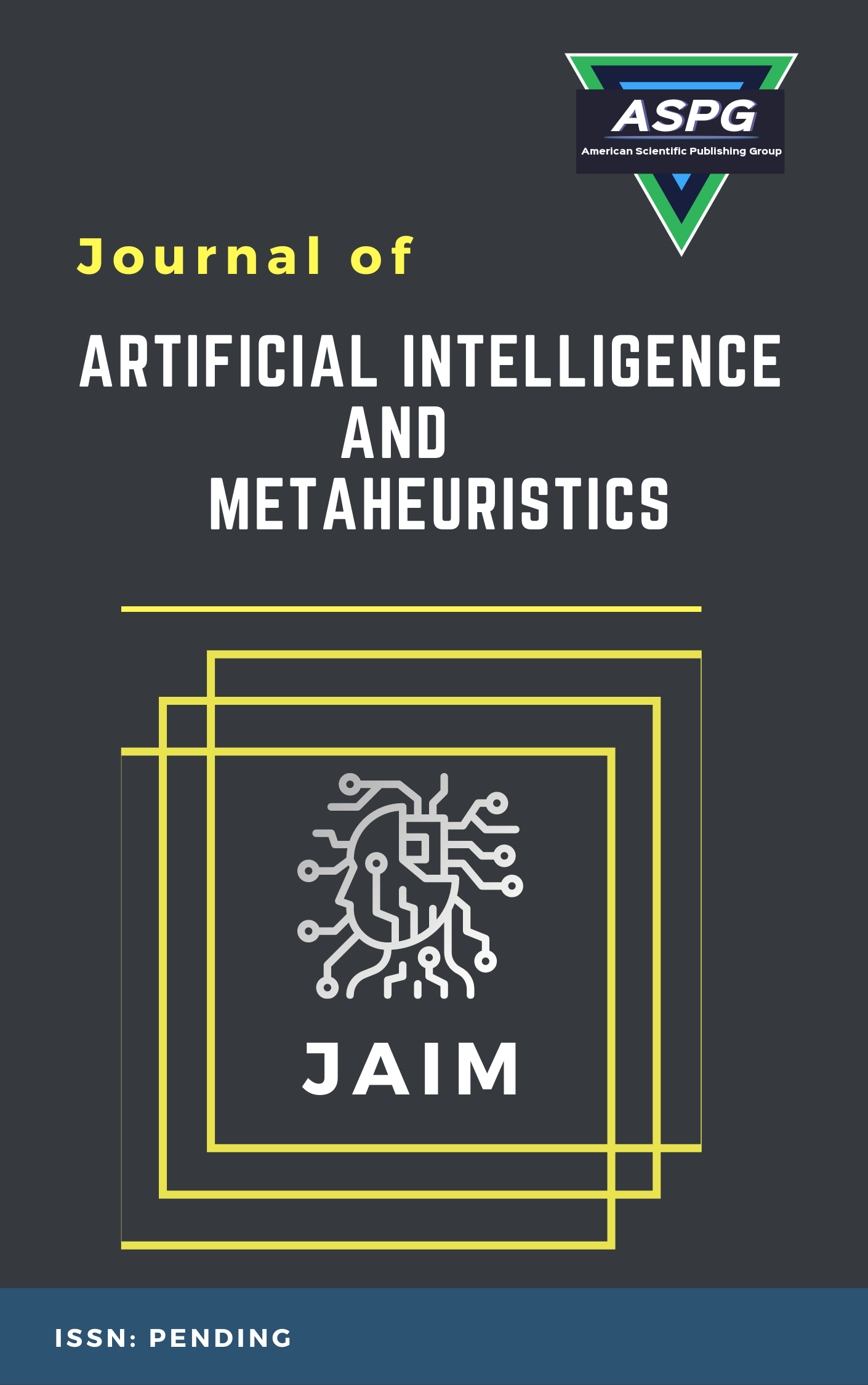

This research analyzes the effectiveness of several methods for categorizing human actions captured by inertial and magnetic sensor units worn on the chest, arms, and legs. Each device has tri-axial sensors, including a gyroscope, accelerometer, and magnetometer. Voting ensemble classification models, where votes are weighted and optimized with a new optimization technique, are offered as a means to actualize this classification problem. The optimization technique is a combination of the sine cosine and particle swarm optimization algorithms, and the ensemble model is made up of three classifiers: support vector machines, decision trees, and multilayer perceptron. The classifiers are checked for accuracy using three distinct cross-validation strategies. Classifiers' proper differentiation rates and computational costs are compared to help you choose the best one for your needs. When it comes to body location, sensor devices worn on the legs provide the most valuable data. From a comparison of the various sensor modalities, we can deduce that magnetometers, followed by accelerometers and gyroscopes, provide the best classification results when only a single sensor type is employed. Furthermore, the study contrasts three machine learning models—support vector machines, decision trees, and multilayer perceptron —with respect to their usability, controllability, and classifier performance. Results reveal that the suggested method performs well in categorizing both typical daily activities and athletic endeavors.
Read MoreDoi: https://doi.org/10.54216/JAIM.020201
Vol. 2 Issue. 2 PP. 08-17, (2022)
Because of the rapid evolution of communications technologies, such as the Internet of Things (IoT) and fifth generation (5G) systems and beyond, the latest developments have seen a fundamental change in mobile computing. Mobile computing is moved from central mobile cloud computing to mobile edge computing (MEC). Therefore, MEC is considered an essential technology for 5G technology and beyond. The MEC technology permits user equipment (UEs) to execute numerous high-computational operations by creating computing capabilities at the edge networks and inside access networks. Consequently, in this paper, we extensively address the role of MEC in 5G networks and beyond. Accordingly, we first investigate the MEC architecture, the characteristics of edge computing, and the MEC challenges. Then, the paper discusses the MEC use cases and service scenarios. Further, computations offloading is explored. Lastly, we propose upcoming research difficulties in incorporating MEC with the 5G system and beyond.
Read MoreDoi: https://doi.org/10.54216/JAIM.020202
Vol. 2 Issue. 2 PP. 18-28, (2022)
The Internet of Things (IoT) will be able to integrate a wide range of various and heterogeneous end systems transparently and smoothly, while also offering open access to chosen subsets of data for the creation of a wide range of digital services. Solid waste management, which apart upsetting the ecological balance also has negative consequences on societal health, has been one of the key environmental issues. One of the main issues in the modern era is the identification, monitoring of wastes. The conventional method of manually checking the wastes in bins requires more human labor, takes longer, and costs more money. It is in no way compatible with modern technologies. This is a cutting-edge approach to automated garbage management. This project IoT Garbage Monitoring system is a very innovative system which will help greatly in preserving the environment and also makes us benefit from garbage and sell it on form raw materials to be recycled again by recycling factories. System is linked to an android application to show us the current level of each type of garbage using Ultrasonic Sensor and give a warning when the level of any of them is filled.
Read MoreDoi: https://doi.org/10.54216/JAIM.020203
Vol. 2 Issue. 2 PP. 29-38, (2022)
The weather generally comprises various factors, such as wind speed, precipitation, and rainfall. Environmental weather forecasting is a demanding task for researchers, and in recent years it has attracted much study attention. Our assessment considers a wide range of weather conditions across Iraq utilizing information gathered from NASA's estimate of the world's energy resources for the years 1981 to 2021. Therefore, the correct forecast of meteorological parameters is a difficult challenge due to their changing environmental conditions. Random forest, decision tree, and GBR algorithms are used for weather forecasting. A comparison among used methods is performed and the RF is achieved the best results with accuracy, MAE, MSE, R2 of 92%, 0.5, 2.45, and 0.92, respectively.
Read MoreDoi: https://doi.org/10.54216/JAIM.020204
Vol. 2 Issue. 2 PP. 39-45, (2022)
In this work, the inverse initial value problem IVP for the heat equation is formulated and solved. Initial temperature (initial condition) distribution is unknown in this problem, and instead, the temperature spreading at period t= T> 0 is assumed. Among mathematical problems, a class of problems is singled out, the solutions of which are unstable to minor variations in the initial information. It is well identified that this problem is ill-posed. In order to solve the direct problem, we has used the separation of variables way. Note that the method of separation of variables is completely inapplicable for solving IVP, since it principals to rather errors, also divergent series. Ivanov V.K. noticed that if the inverse problem IP is solved by the method separation of variables, and then the resulting series is changed by a incomplete sum of the series, in which the term number is depending on δ, N=N(δ), then as a result we obtain a stable approximate solution. The Picard method customs a regularizing family of operators that map space to same space.
Read MoreDoi: https://doi.org/10.54216/JAIM.020205
Vol. 2 Issue. 2 PP. 46-55, (2022)